Anodized aluminum oxide film structure and properties
The Anodized aluminum is surrounded by dense to form a honeycomb hexagonal body called a unit cell, and the entire film layer is composed of a myriad of such unit cells. When the electrolyte is sulfuric acid, the sulfate content in the film layer is normally from 13% to 17%. The porous outer layer of the oxide film is mainly composed of amorphous alumina and a small amount of hydrated alumina, and further contains a cation of the electrolyte. Most of the excellent properties of the oxide film are determined by the thickness and porosity of the porous outer layer, which are all closely related to the anodization conditions.
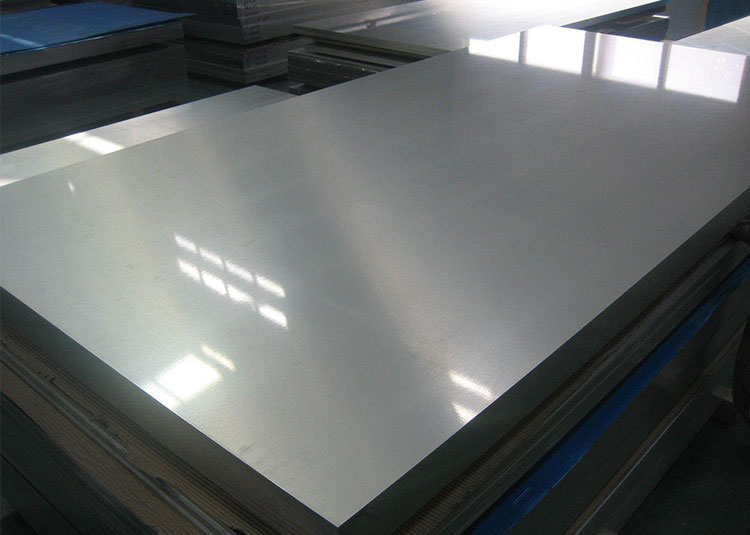
Aluminium Sheets
View Details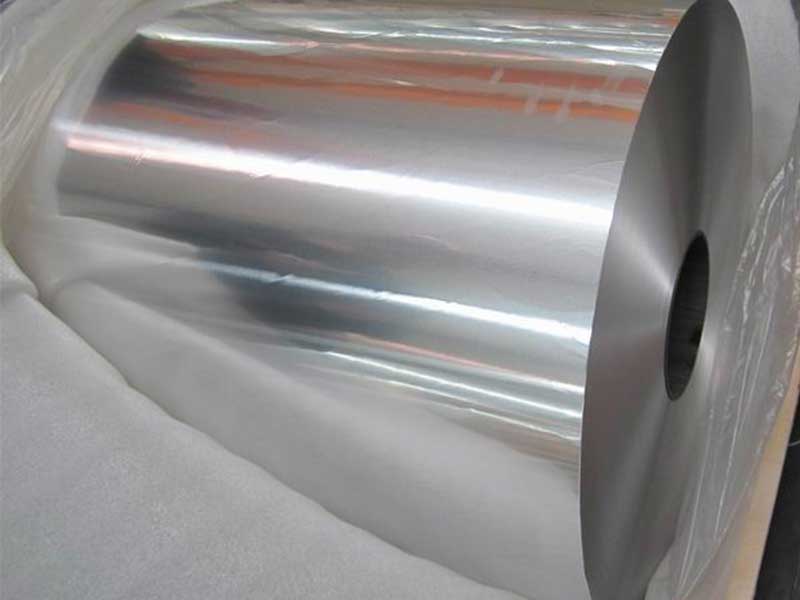
Aluminium Coils
View Details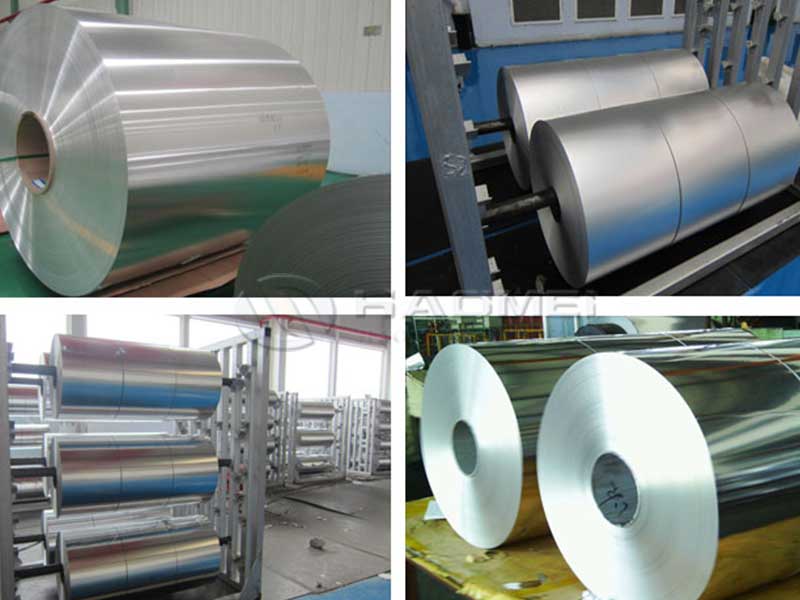
Aluminium Foils
View Details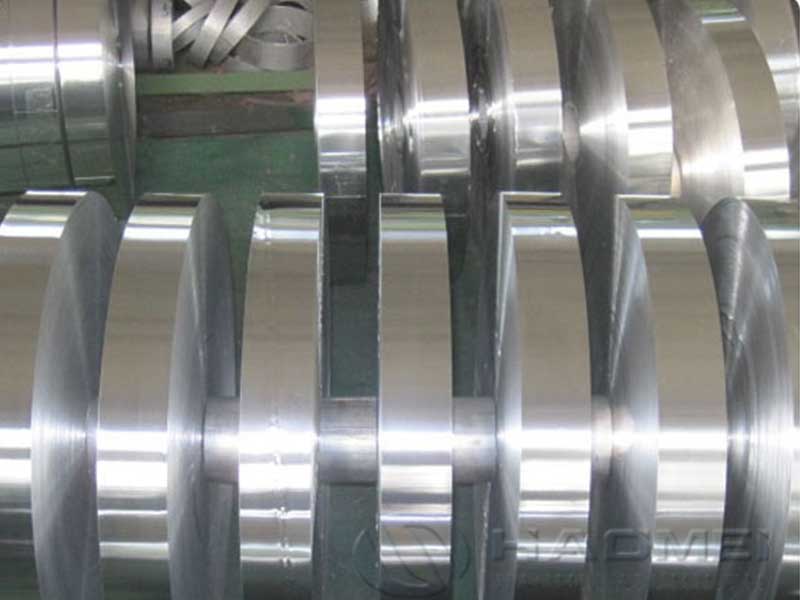
Aluminium Strips
View Details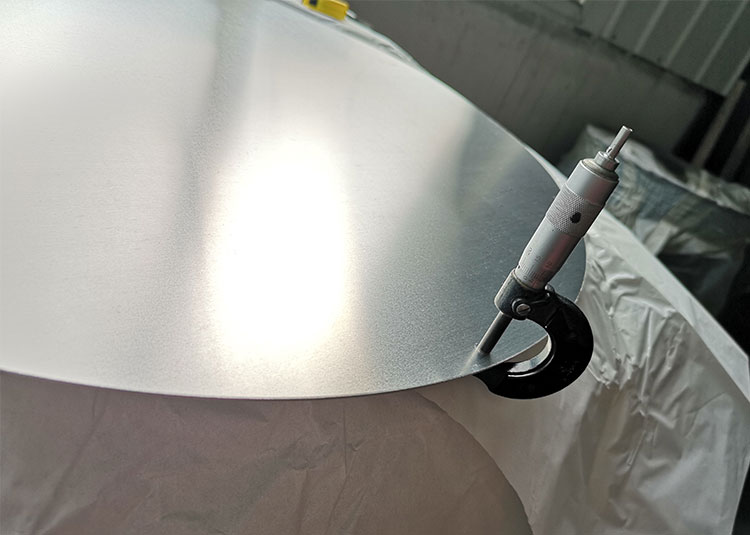
Aluminium Circles
View Details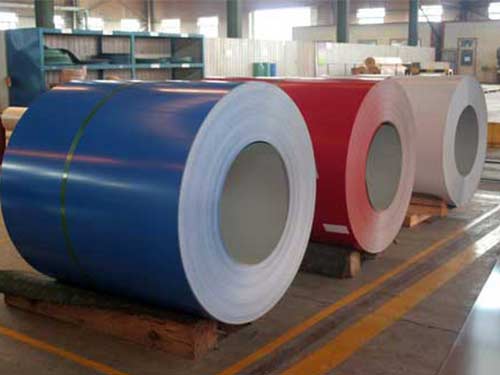
Coated Aluminium
View Details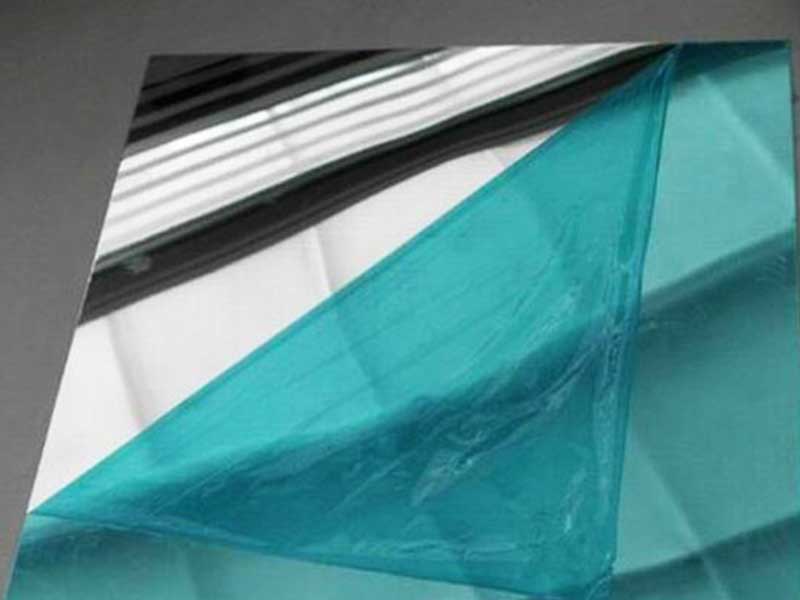
Mirror Aluminum
View Details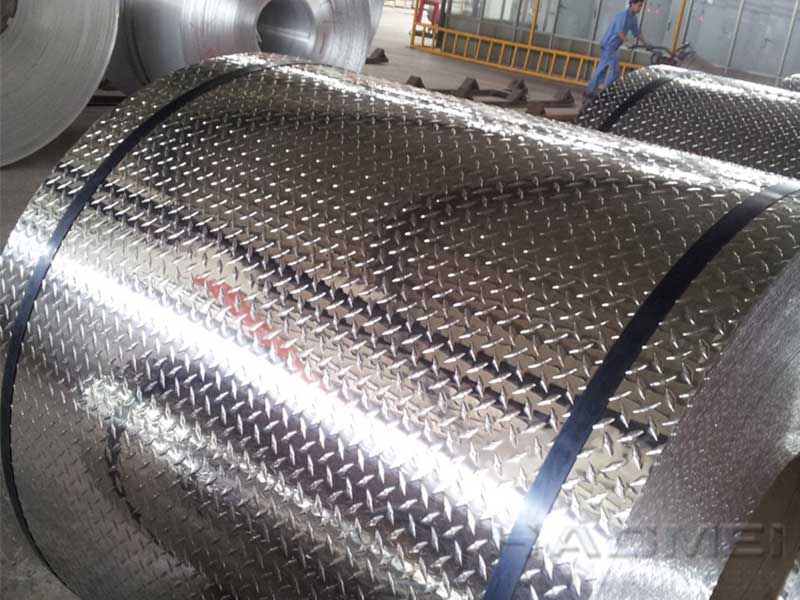
Stucco Embossed Aluminum
View DetailsAluminum
- 1350 Transformer Aluminium Str...
- Bi-Metal Curtain Wall Panels
- Characteristics of Aluminum Si...
- Titanium aluminum magnesium ex...
- Hot Rolling Aluminium Plate
- 7075 aluminum alloy hard anodi...
- Aluminum strip/foil for power...
- 6061 Aluminum Plate Applicat...
- what is bimetallic plate
- insulation aluminum coil jacke...
- 5083 Aluminum Sheet,china 5083...
- Insulation aluminum plate
- A6082 Anodized Aluminium Anode...
- Aluminium coil for PVDF Coated...
- aluminum sheet for bottle caps...
- Blank metal discs
- Aluminum circle plate for traf...
- High quality carbon anode and...
- Color Coating Aluminum Strip,1...
- GYY type aluminum alloy oil...